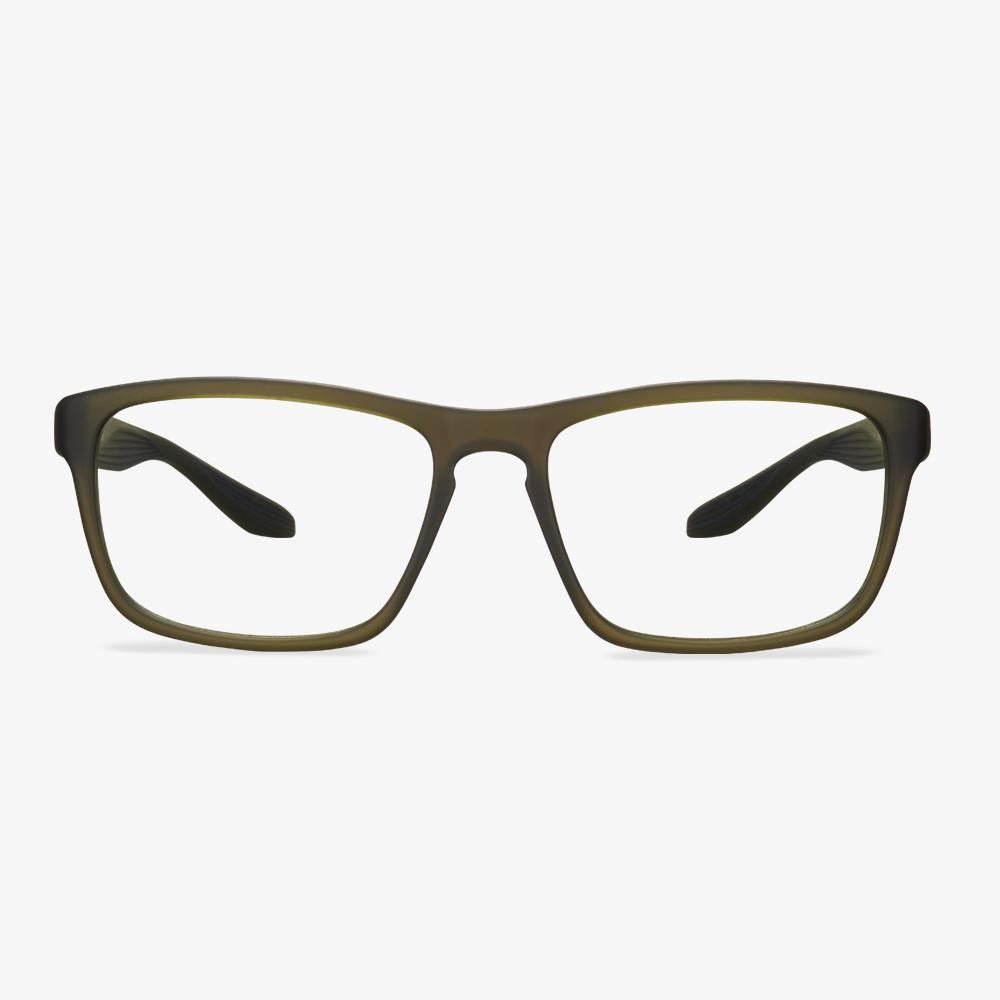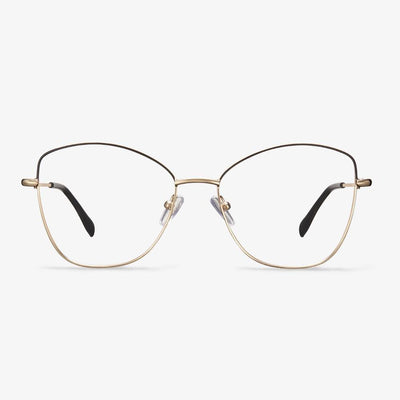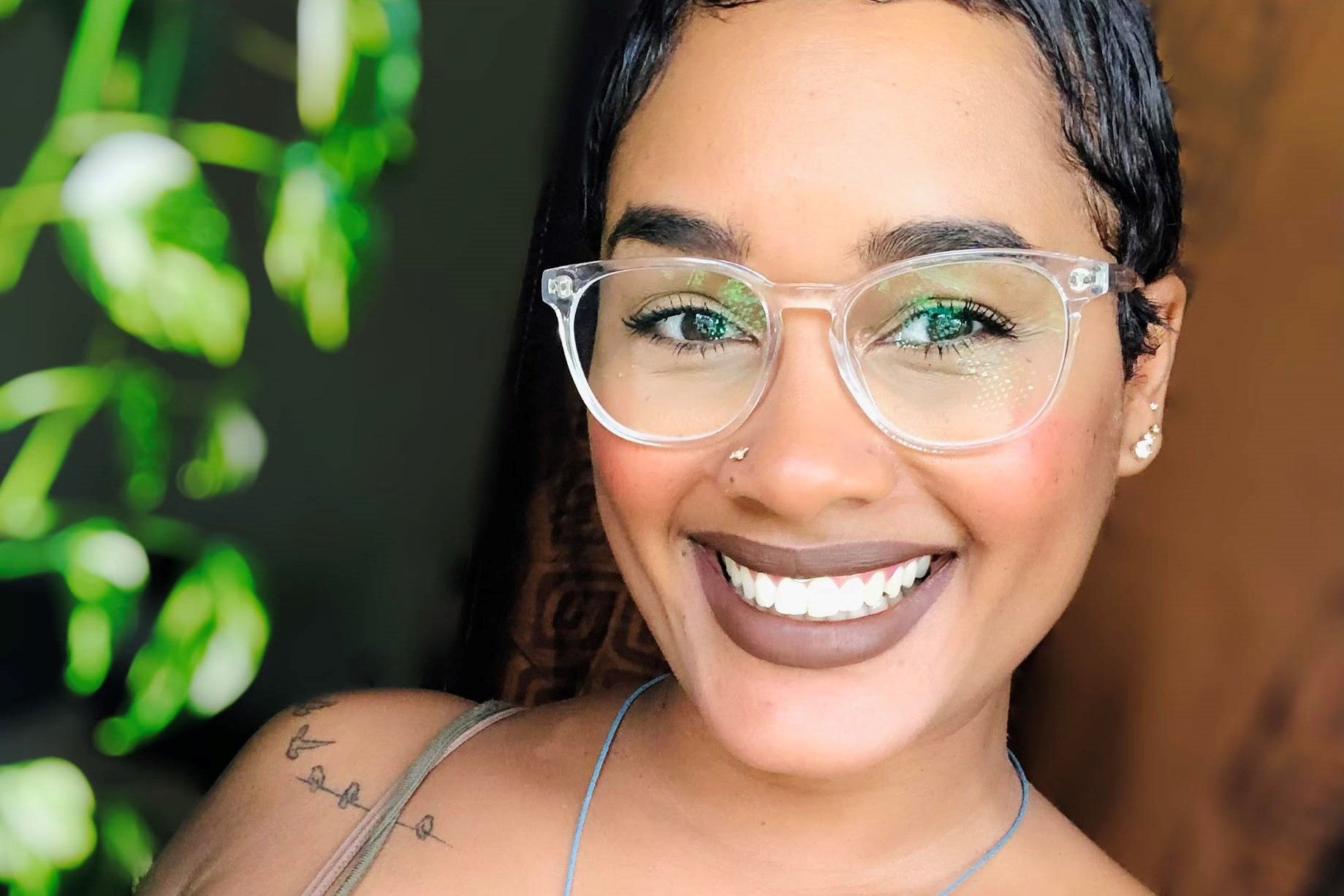Is blue light blocking worth it?
There are two main problems with anti-blue glasses currently on the market. One is that the place to be prevented is not preventable, and the other is that people have color casts due to wrong protection and aggravate visual fatigue. Studies have shown that our eyes are the most intolerant of blue light in the 400-440 nanometer band. Therefore, current manufacturers mainly block blue light in this band when producing anti-blue glasses. However, the blue waveband of electronic products is between 450 nanometers and 490 nanometers, so most anti-blue glasses have little protection in this waveband. In addition, the blocking rate of anti-blue glasses is 20%~30% to achieve a good anti-blue light effect, but now the blocking rate of anti-blue glasses on the market has basically reached 80%~90%. All in all, these blocking blue light glasses cannot prevent the blue light in the 450-490 nanometer band, and their high blocking rate will also cause a color shift, which makes people more likely to have eye fatigue and headache.
In daily life, the intensity of blue light is low, not enough to cause damage to the fundus, so ordinary people do not need to wear anti-blue glasses unless they are working in extremely strong light conditions or working in special environments. To protect the eyes, it is more important for people to develop good eye habits. For example, wear a pair of suitable glasses and read insufficient light and at an appropriate distance. Avoid using electronic products for a long time. Take a break for 20 to 30 seconds every 20 to 30 minutes, and look at the distance regularly. If you have dry eyes while reading the electronic screen, remember to blink to 12 times per minute. It is best to wear sunglasses when outdoors.
Types of Progressive Lenses
At the same time, there are different types of progressive lenses and they are standard PALs, short corridor PALs, computer PALs, and Reading PALs.
Standard PALs must fit your vision needs. They can be added to frames of your choice, but you need to ensure that the frames are the right width and height proportions to grant enough space for the gradient changes in the lens.
Short corridor PALs are made to fit into smaller frames so as to suit a wider range of eyewear styles.
Computer PALs are designed for computer users and other occupations that require strong intermediate and distance vision.
Reading PALs are designed for those who enjoy reading and they can opt for a pair of lenses with a larger close vision zone.
John Lennon Imagine
The circular wire-rimmed glasses like these were made popular by the Beatles' idols in the 1960s and immediately became a favorite of hippies and music lovers around the world. This modern version has an ultra-light frame made of stainless steel that resists rust and corrosion. Flexible spring hinges and coated temples are very comfortable. For fans of retro-inspired accessories, the glasses are a favorite.
How long do plastic frames last?
Plastic frames are made of non-biodegradable materials and are possible to last forever. If the frame is made of acetate, the layers of acetate fibers make the frame vary in degrees of transparency and pattern. The plastic frame manufacturing process makes the plastic frame more brittle than the acetate frame. In this sense, the acetate frame has a longer service life. Then the plastic, which is made of SAP, will never break down. Depending on the circumstances, it could take years. If the lenses are polycarbonate, the material takes hundreds of years to break down naturally. If TR-90 is normally stored, not exposed to the sun, and put in the box with cloth wrapped, and then you can keep 3 years, there is no effect.
Can titanium temples be bended?
Using titanium alloy as the main material, the strength of the spectacle frame becomes larger and the density is smaller. Strong for the frame can be a good guarantee of the structure of the frame, and small density can effectively reduce the weight of the frame, so as to reduce the pressure on the ears and nose of the frame. The toughness of titanium alloy is very good, which can effectively avoid the breaking, bending deformation of the spectacle frame because of an accident.
It is recommended not to bend without authorization. There are many special tools for adjusting glasses. Bending by hand is easy to cause fracture because the force is concentrated at one point. You can take your glasses to a nearby optical shop and have them adjust them. Many big optical shops do this for free.
TR90 glasses frame
TR90 is not easy to deform and break, and it can withstand high temperatures and strong impacts. In addition, its material is relatively light, so many young people also like such glasses frames.
The history of chromatic contact lenses
Chromatic contact lenses, commonly known as color Lens, is a kind of Soft hydrophilic Contact Lens, belongs to the third category of medical devices. In 1971, Bausch & Lomb introduced the world's first pair of soft contact lenses. Before this, contact lenses are made of hard materials, with poor comfort, difficult to promote. Soon after, CIBA Vision made the lenses aqua blue to make them easier for users to operate. There were also special contact lenses with dark loops on the lenses, which were designed to help people with injured or defective eyes, like corneal white spots or iris defects, to conceal flaws, forming artificial pupils, so they were called beauty lenses.
Then, in the 1980s, American company Wesley Jessen (later bought by VisiCon) introduced the FreshLook chromatic contact lens, which used laser technology to print colored patterns onto the lens to change the color of the wearer's iris. Since then, contact lenses have been developed from a simple vision correction tool into a cosmetic with the effect of beauty makeup. It can brighten, enlarge, darken or change the color of the iris of the eye. At present, the common chromatic contact lenses are black, brown, gray, purple, blue, green, and so on. There are also a variety of color combinations or some special patterns.











































